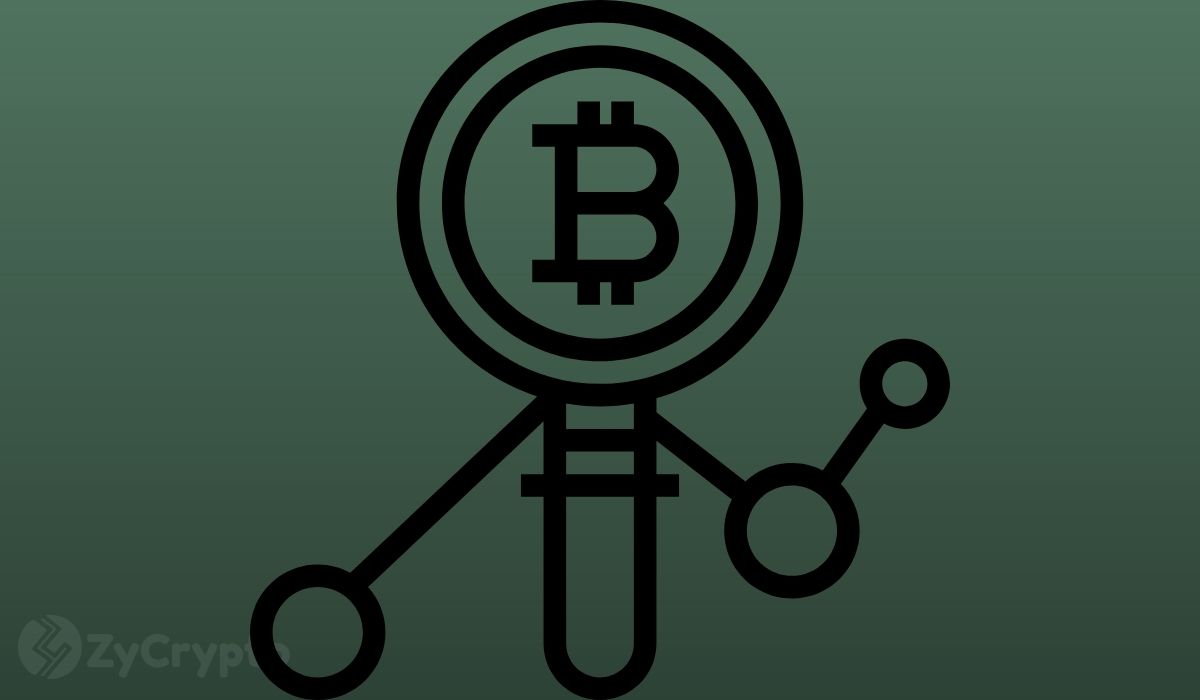- Bitcoin’s price took a downward slide after the release of September’s inflation figures.
- US stocks retake the hit as BTC continues trading in line with the Dow Jones.
- Bitcoin drags the rest of the market with it as macroeconomic conditions grow bleaker every month.
Following the release of unfavourable inflation data, leading virtual currencies are bleeding, with investors bracing themselves for the worst.
The price of Bitcoin (BTC) and Ethereum (ETH) dropped to the red zone as the US Bureau of Labour Statistics released the Consumer Price Index (CPI) for September. The CPI is a report released by the US Bureau of Statistics that measures price changes in consumer goods and services to track the inflation rate.
BTC which was trading above the $19,000 mark in the early hours of the day before the release of the Index had its price drop by 3.7% to trade at $18,350. The brief sell-off made the leading cryptocurrency by market cap trade below the $19,000 mark for the first time since Sept 22.
ETH was not left out of the price fall as it dropped over 8%, trading at $1,285 with the release of the Index. Although the price of BTC seems to be making a recovery at the time of writing, other coins are still bleeding.
The sell-off after the release of the inflation data shows that BTC and other virtual assets are still trading in line with stocks, contrary to signals of BTC’s detachment from the stock market. The pair has moved unanimously for most of the year, although BTC was relatively stable, unlike stocks before the data release. The similarity of trading patterns of both markets is due to the massive investment of institutional players in the digital asset market.
Massive price swings expected
As the Federal Reserve and Central Banks move to reduce inflation by increasing interest rates, the price of stocks and digital assets continues to decline. August’s CPI report saw the price of BTC drop almost 10% from $22,400 to $20,000 within hours. The cryptocurrency market continues to be influenced by the broader financial market because investors look to sell their risky assets in the event of increased interest rates.
Though the Index points to the fact that the Federal Reserve will increase interest rates to tackle inflation, a bull run could still be possible before the end of the year as the market awaits other policy indicators from the Bank of England and other vital institutions.







